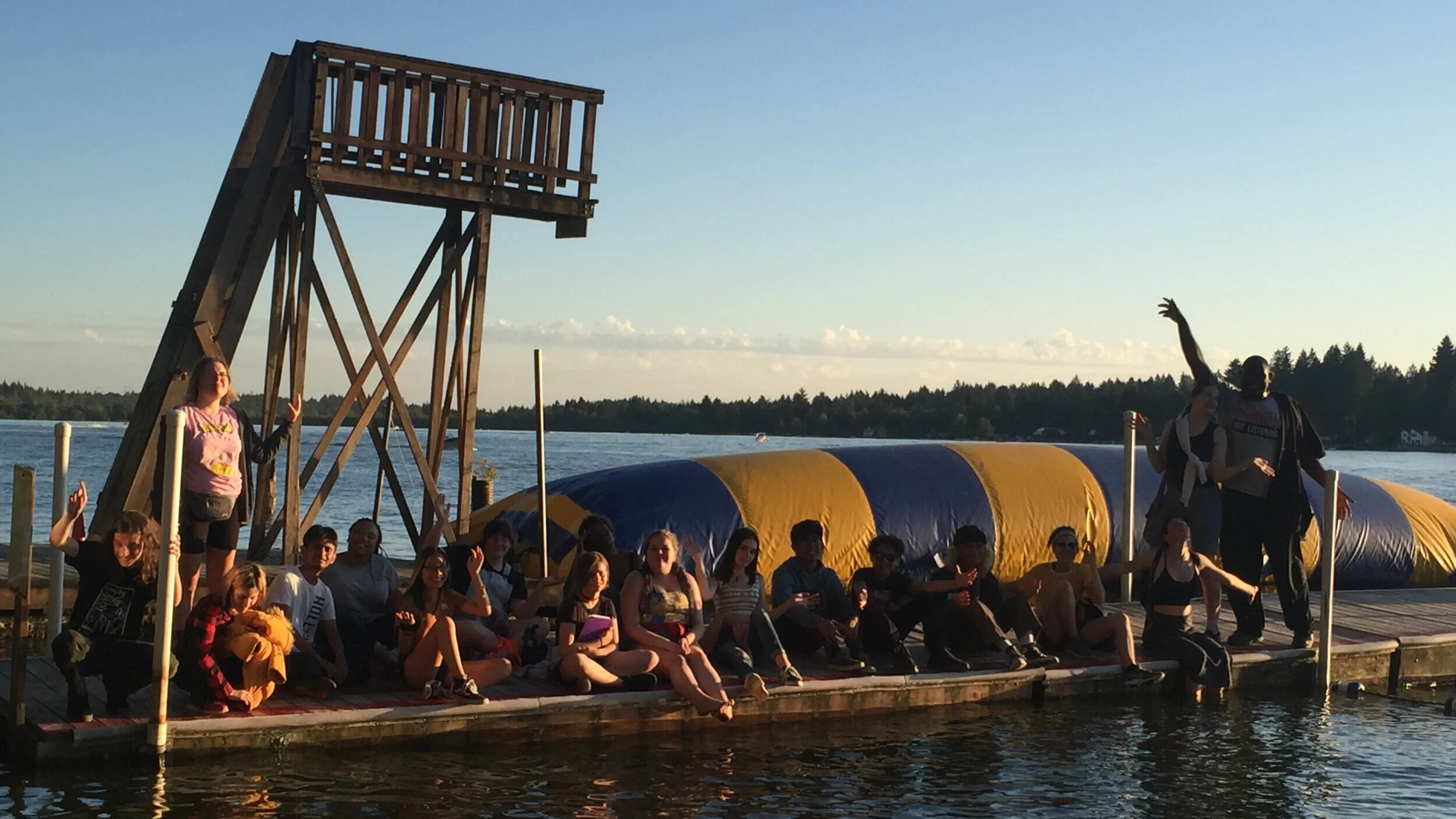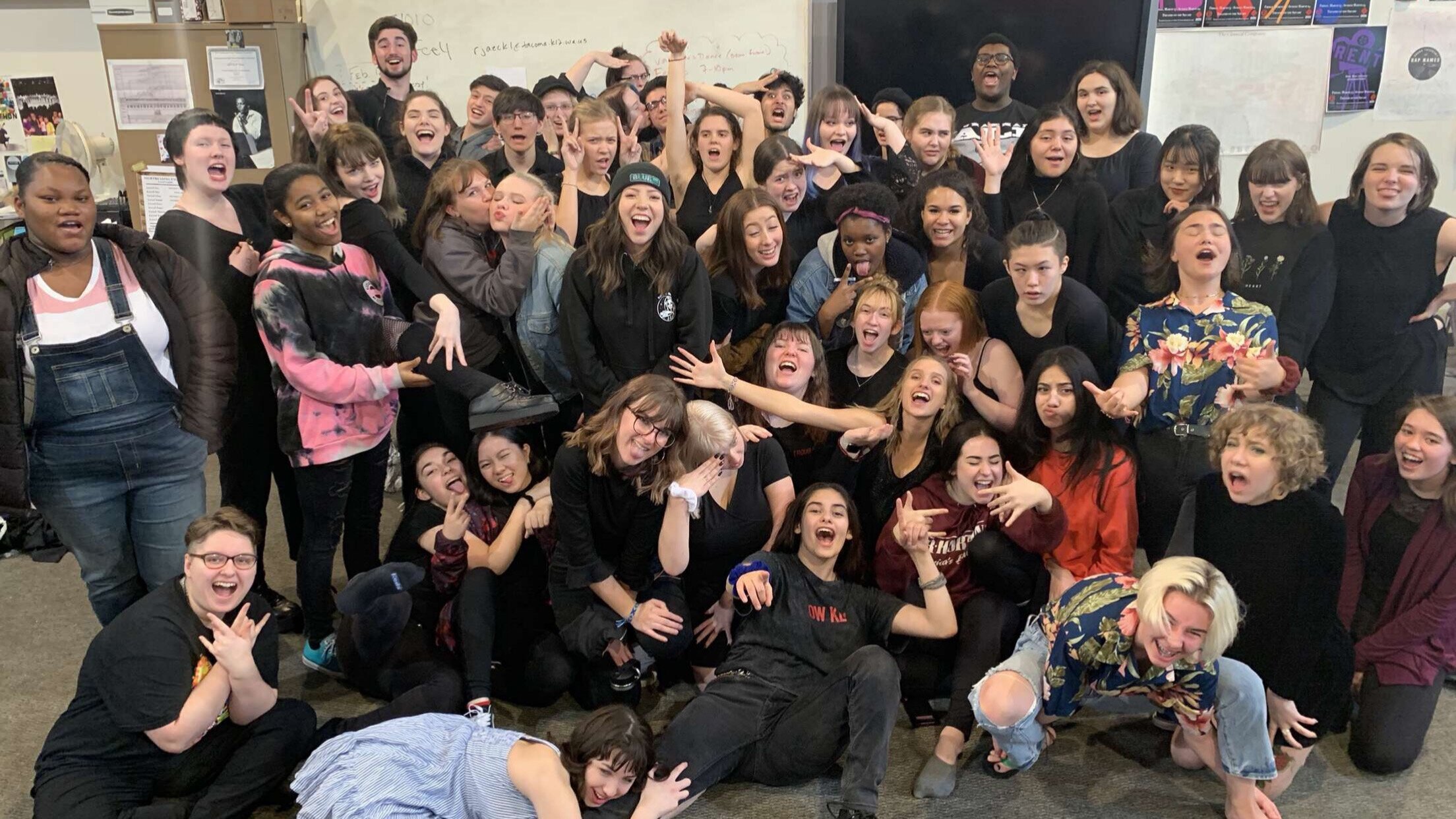
We believe that schools should be mission-driven organizations that clearly define why they exist
The Elements School Framework
Mentor Group
The core of the student's relationship with the school and their family is through the mentor group. The mentor group consists of 18-25 mentees who typically stay with their mentor for their entire time at a partner school. The mentor groups meet weekly as a group and individually with student and mentor to set and monitor academic goals based on a student's classes, long-term goals as part of their post-high plan, and socio-emotional goals stemming from the student's reflection and experience
Place-Based Education
Partner Schools are physically located within a community by design to take full advantage of the resources a community offers and provide students with an academic and professional culture that is more real-world than a comprehensive high school. Students are encouraged to interact with adults within a professional context connected to the school's lens of learning. This design also allows further partnership and collaboration within a community by sharing instead of duplicating resources
Cohort Model
Students are admitted to Partner Schools by grade-level cohort and stay with their cohort for all four years of their academic experience. Students are not accepted after the initial acceptance because the curricular model is built on a complete, multi-year framework and does not transfer or follow the same scope and sequence as a comprehensive school.
Internship
During a student's four years at a partner high school, they must complete a semester-long internship within their broader community. The preparation for this internship starts in their first year. They develops their portfolio and interest profile and continues during their second year as they begin to explore a curricular pathway. In the fall of their third year, the student completes an 'Intro to Internship' class, which develops their student portfolio into a resume, post-high plan, and an internship preparation pathway that finishes with them being placed into an internship in the spring of her third year. The internship is not always intended to indicate their career path, rather a real-world professional experience that introduces them to a chosen field's professional life.
Full Inclusion
Partner Schools practice a full-inclusion policy for special education students, ensuring that every student is placed in a class centered around their unique passions and interests rather than their abilities or disabilities. Partner Schools have special education teachers who manage IEPs, collect progress monitoring data, and work with students' families, mentors, and classroom teachers to support students' academic, social-emotional, and professional growth. Because students are not grouped by ability in most cases, additional resources are utilized to ensure that differentiation is provided for students with special needs within a full-inclusion classroom.
BRIDGE
A bridge is a "near-peer" support with a uniquely identified skill within a particular area and volunteers to provide specific support for a student or group of students who need additional help in that area. It is common for a student to need the support of a bridge in one class and provide support as a bridge in a different class. The bridge program is built on an asset-based model of targeted support as opposed to a deficit-based model. BRIDGEs learn valuable mentoring and self-reflection skills through iterative reflection and evidence gathering cycles and present to a cohort of other BRIDGEs on a bi-weekly basis.
What Others Have Said About Our Model
“SOTA (Tacoma School of the Arts) is one of the best examples in the nation of a school that leverages urban assets”
— Tom VanderArk
Advocate for Innovations in Learning, CEO, Getting Smart
Former Executive Director of Education, Bill and Melinda Gates Foundation
“IDEA embraces place-based, experiential, and project-based learning that leverages Tacoma’s resources and exposes students to post-graduation opportunities.”
— Chan Zuckerberg, Chan-Zuckerberg Initiative
“To see the new 3r’s (rigor, relationships and relevance) in action, you need look only as far as Tacoma’s School of the Arts. I can’t overstate how much I’ve learned by meeting dynamic teachers and administrators”






